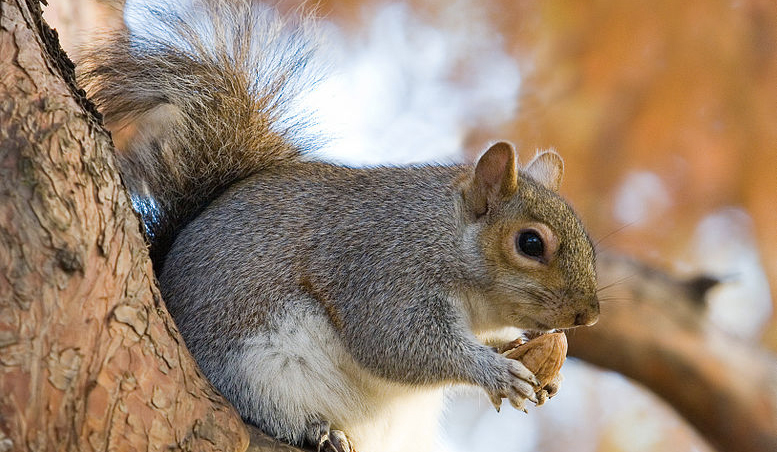
Grey squirrel numbers are set to increase this spring following a mild winter and an abundant supply of food available last autumn.
A long summer and consistent growing conditions created large volumes of seeds late last summer and autumn, according to woodland experts.
“The squirrel population is likely to be amongst the highest we have seen for some time,” said Graham Taylor, specialist woodland manager at Pryor & Rickett Silviculture.
“Last year’s excellent mast season, particularly amongst beech, hornbeam, chestnut, small-leaved lime and many conifer species has allowed grey squirrel populations to respond to this increased food availability, with late broods and high survival rates leading to increased populations and higher control levels being necessary,“ he added.
Grey squirrels cost the UK economy around £14 million every year. As well as damaging trees, parks and gardens and predating on woodland birds, grey squirrels have driven our native red squirrels to the verge of extinction, both through competition and as carriers of the squirrel-pox virus to which greys are immune.
“This is worrying news,” said George Farr, Chairman of the European Squirrel Initiative. “There has been a notable increase in grey squirrel populations and culling programmes have to be increased.
Historically, it is in years such as this that grey squirrel damage to vulnerable trees becomes apparent by the following summer. Wise forest managers should act accordingly and increase controls.”
